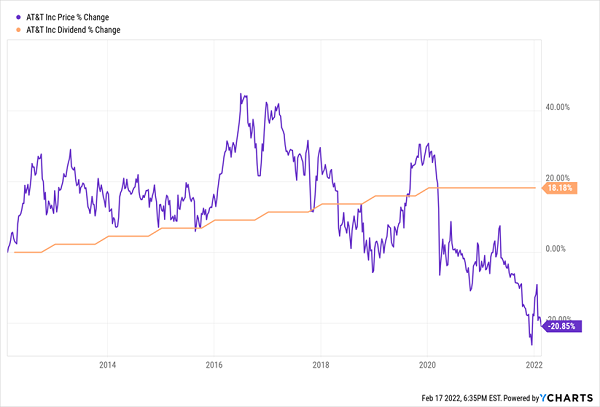We are now officially into Trump 2.0, and here’s the first thing I can tell you:
This new administration will hurt the returns of folks who simply buy an index fund like the SPDR S&P 500 ETF Trust (SPY) and call it a day.
What we’re now embarking on is a true stock picker’s market—a time when prudent moves into, and out of, individual dividend payers will be key.
That puts holders of SPY, which has to represent the current makeup of the S&P 500 index, in a tough spot. Since it has no manager who can buy and sell as markets shift, SPY holders are locked in as losing stocks cancel out some or all of the ETF’s winners.… Read more



Recent Comments